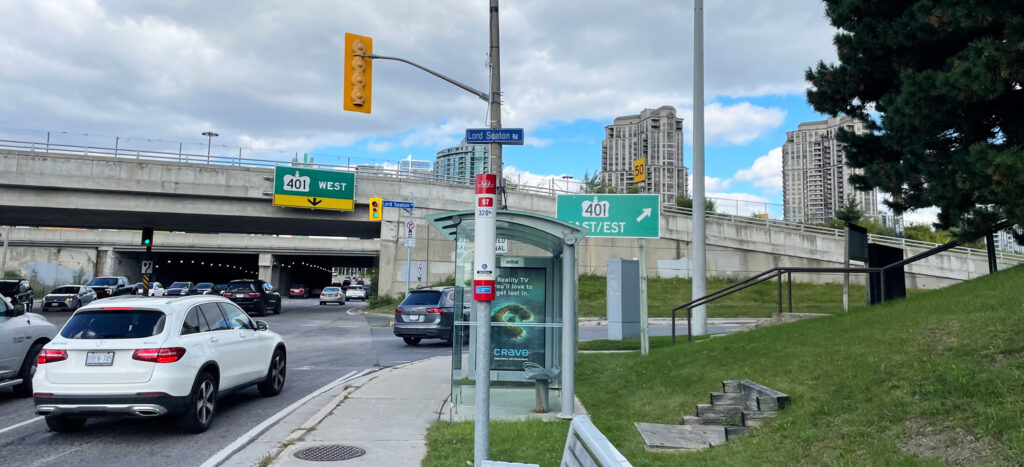
Listen to the full story here:
Several land and transit experts disapprove of the latest proposal by Premier Doug Ford’s government to add a tunnel under Highway 401. Ford’s plan starts with a feasibility study, with the aim of building an expressway running up to 55 kilometres under Canada’s busiest highway.
But experts say the plan — which Ford said will “cut gridlock, support economic growth and help get people moving faster” — won’t address the real problem.
“It’s been well proven that adding more lanes to expressways will not reduce gridlock,” said Peter Miasek, president of Transport Action Ontario, an NGO.
“It just fills up again from induced demand,” Miasek said, “not to mention all of the huge engineering challenges and the costs that would be involved with it.”
The tunnel will reach from Brampton and Mississauga to Scarborough and Markham, according to Ford.
Phil Pothen says he does not think the Ford government’s plan is genuine.
This plan is a “rhetorical tool” to make “another ill-conceived and unreasonable project look less so by comparison,” Pothen, a program manager of the land use and land development program and council with Environmental Defense (an advocacy group), said.
The 401 tunnel proposal comes just after a separate press conference last Monday where Ford renewed his support for building Highway 413 — a project that has received intermittent political support since the Liberal Party first proposed the highway back in 2007.
A series of studies followed the initial proposal, before former liberal premier Kathleen Wynne paused the project in 2015 and ultimately shut it down. The project was revived in 2019 by the Ford government, and construction is expected to start next year.
“The 413 is in many respects crazier, because the 413 is a highway from nowhere to nowhere through the habitat of Ontario’s most critically endangered species, the greenbelt and conservation areas, whereas the 401 does at least run through a place where people live,” Pothen said.
“But the costs of building this tunnel are such that the premier can have no genuine intention of doing it,” he said.
While Ford declined to put a monetary figure to the tunnel project, he hit back at transparency concerns. “Why wouldn’t I be upfront?” The premier said at a press conference Sept. 25.
Rather than spend large amounts of money on building new roadways, Miasek says the government should reinvest in more sustainable and functional alternatives.
One option, both Miasek and Pothem suggested, is to subsidise the cost of driving on Highway 407. The 407 is currently privately owned, and many road users avoid it due to the high costs associated with toll payment.
“The right answer there is to provide a truck discount or a truck freebie, subsidise a truck usage of Highway 407 — that is much better located than the 413 would be,” Miasek said.
Pothem says that would make more financial sense for the province.
“By putting the trucks that currently use the 401 on the 407, simply by reimbursing the cost of their tolls — even if we pay their entire toll for the entire duration of Highway 413 planned existence — it will be a half to a third the cost of building 413,” he said.
“We could do it immediately, rather than bogging down a large part of the province with construction for years.”
The next step, Miasek said, would be “to invest the money that you save by not building the 413 and put that into public transit, rapid transit, regional transit.”
The government should focus on building up existing neighbourhoods to make them more viable by providing schools, community centres and shopping areas within walking distance, Pothem said. “If you look at a map of any region, the parts of the region, the higher the population density gets, the smaller the share of people who drive.”
The timeline for the feasibility study is unclear, but Ford was adamant last week about the project’s completion: “I’ll tell you one thing. We’re getting this tunnel built.”
Sierra is a Toronto-based reporter for On The Record.

